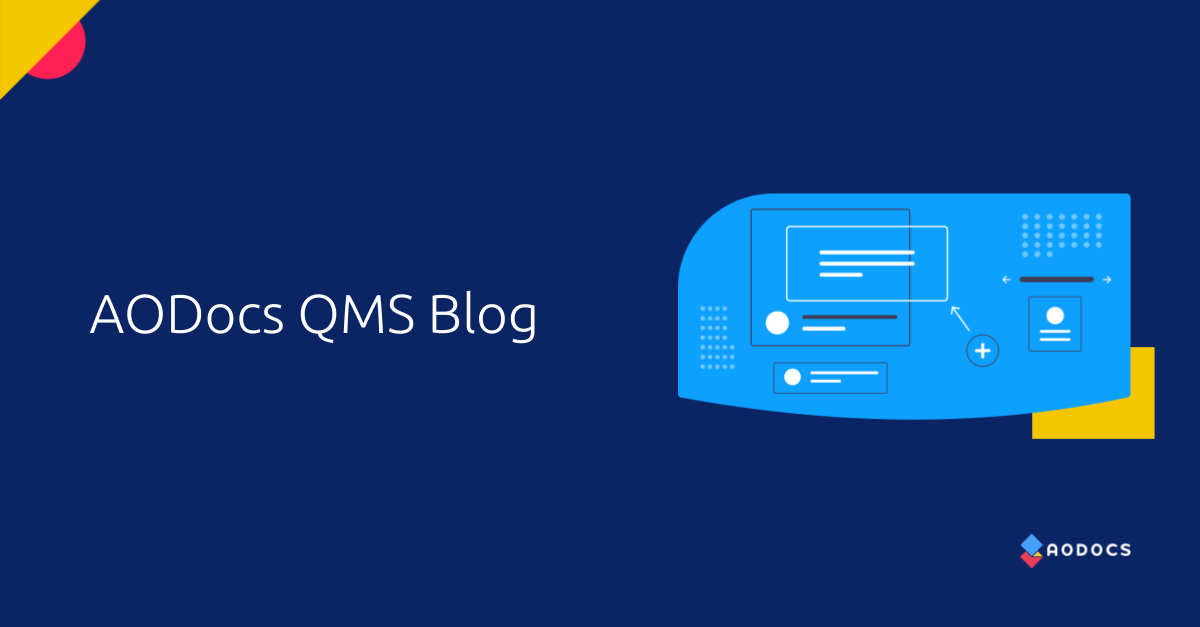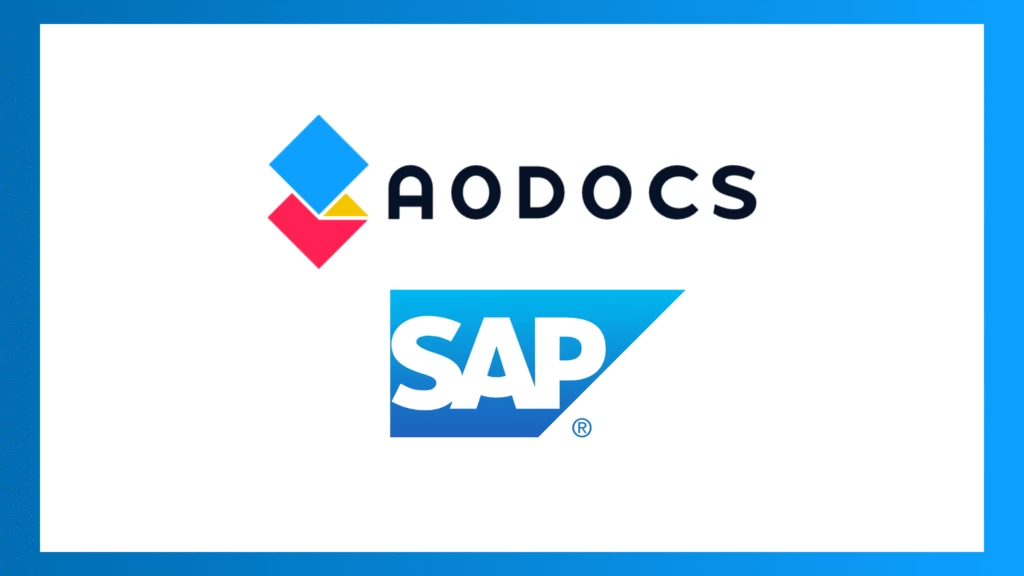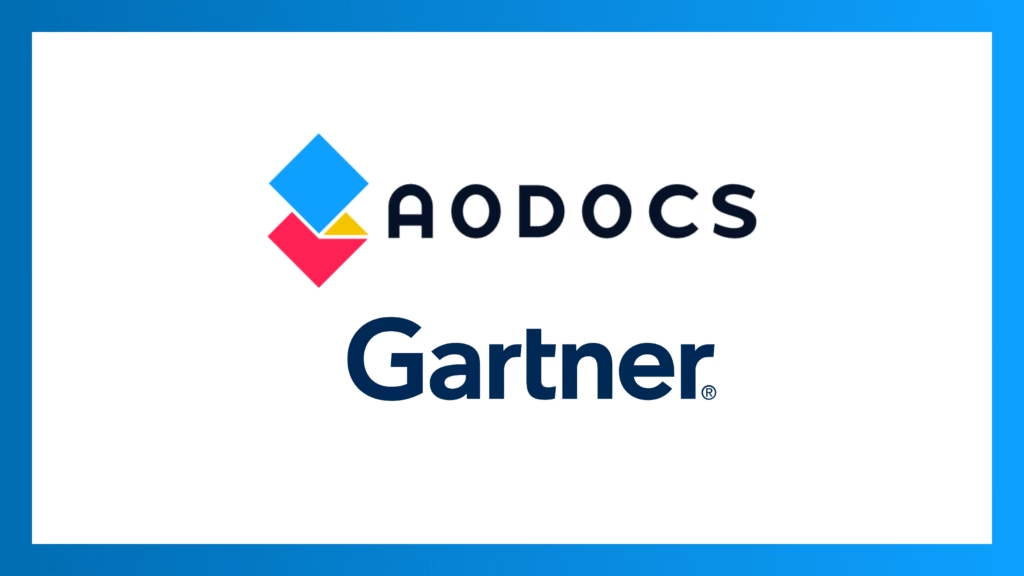The term Quality Management System (QMS) refers to the management practices within organizations that ensure high standards of quality for their customers. The term is frequently used in Manufacturing and Life Sciences industries and is essential for companies who seek to obtain quality certifications, such as ISO 9001 or GxP (including GMP, GCP, GLP, and more), or adhere to compliance requirement imposed by their industry, such as 21 CFR Part 11.
Because a QMS is a collection of business tools and processes focused on consistently meeting customer requirements and enhancing their satisfaction, it is often managed, monitored, and validated by QMS Software.
Core Requirements of a QMS
Having clear and well-defined objectives for your quality program is the first step to building a quality culture. However, there are several deliverables that are required to accompany the objective: including a quality manual, documented quality procedures for each department, work instructions, and quality records.
Let’s dive deeper into each of these requirements.
Quality Manual
The first phase of setting up a quality program is defining the quality manual. A quality manual is a general overview of the policies that comprise the quality program and a highlight of the organization’s commitment to it.
The quality manual covers basic control features, is registered by auditors, and will typically have “controlled” and “uncontrolled” copies – where the controlled version is the most recent and approved electronic version of the manual and the uncontrolled version might be a print version, or an electronic version currently in revision.
Procedures
Following the development of the quality manual (policy), organizations need to establish the procedures that each department will follow to ensure that level of quality. Managers and supervisors must be well-versed in these procedures in order to ensure adherence to the quality program and respond appropriately during an audit.
These procedures should cover the “whats and hows” of how each department will operate in order to adhere to the corporate policy (quality manual). Procedures are written by experts within the business and outline details of the quality program. Like the quality manual, both controlled and uncontrolled versions of procedures exist as procedures must be updated according to the evolution of your business – whether that is a change in IT infrastructure or the introduction of new products into the portfolio.
Work Instructions
The third tier of documentation required for building a quality program is known as work instructions. Work instructions consist of detailed assembly, production procedures, and test procedures.
Each department will have control over its own copies and revisions. When new versions are released, employees need to be made aware immediately and their outdated work instructions must be replaced with the up-to-date version as failure to do so may result in issues during an audit.
Quality Records
The final piece in the quality jigsaw, quality records refers to the forms, specifications, and documents filled out or referenced in procedures and work instructions to prove to external auditors that employees are following the procedures.
Why Use QMS Software?
As you’ve now seen, a Quality Management System is a resource-intensive effort requiring significant documentation, policies, procedures – as well as a systematic set of checks and balances. And as organizations continue to evolve, so should the QMS.
QMS software plays a crucial role in supporting an organization in creating the quality control program, and then keeping it under control, as well as supporting its evolution and providing traceability in the event of audits.
For example, if you defined a change request to a process in your quality management system to meet your ISO 9001 requirements, you would use QMS software, such as AODocs, to put that process in place. AODocs would record this change, as well as the subsequent activities related to the process, providing administrators detailed reporting and dashboards on the activities performed.
Other Considerations
There are plenty of QMS platforms available on the market today, ranging from the nimble SaaS platforms to those offered by software goliaths such as OpenText and Veeva.
If your business is in a scale-up phase, we recommend opting for a nimble, cloud based QMS software.
Chances are, at this stage of your business maturity, you will not need all the bells and whistles offered by goliath on-premise solutions, and instead will need specific features such as Document Control, Corrective and Preventive Action (CAPA, complaints, and recalls), Employee Training and Audit Management. Using a cloud based QMS, you’ll be able to access the features you need, when you need them – while simultaneously benefiting from a more agile setup, higher degree of cost efficiency, and the ability to scale your solution as your business grows. AODocs, for example, provides a templated QMS package that can be up and running in weeks, is more affordable than on-premise solutions, and offers nearly infinite possibilities to scale in line with your business growth.
Finally, as your business grows, your requirements will likely mature. Thankfully, with QMS software based on a SaaS model, you’ll be receiving regular software updates to your environment that you can exploit once you are ready. AODocs for example, rolls out new product innovations to your landscape 4 times per year.
Closing Thoughts
A quality management system (QMS) is a vital requirement in taking your organization to the next level. Comprising 4 main tiers (quality manual, procedures, work instructions, and quality records) the QMS is a resource and documentation intensive effort. As a result, most organizations will opt for QMS software to support the enforcement and adherence to their quality program. For scale-up organizations, cloud based QMS software is an ideal option, as it will offer your business more value on the dollar thanks to a short return on investment and the ability to scale with your business as it matures.
If you’d like to learn more about QMS software solutions, we recommend taking a look at the following resources:



